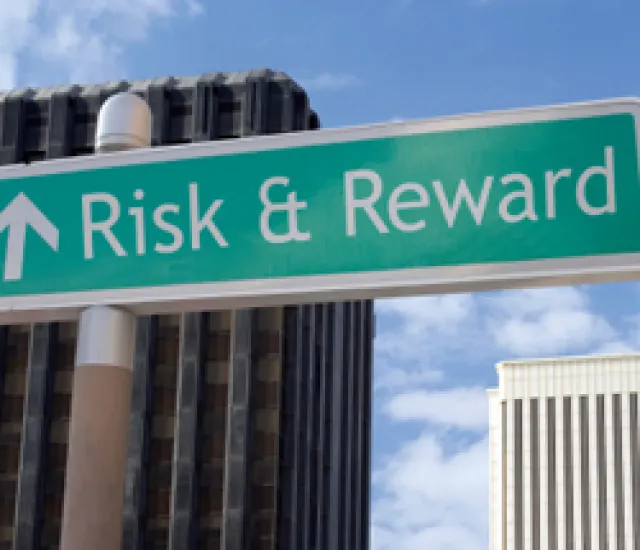
A New Approach to Risk, Born Amid the Tech Wreck
Standard Life’s Global Absolute Return Strategies strategy offers hedge fund like returns, with lower levels of risk and lower fees.
Steve Rosenbush
May 3, 2011


